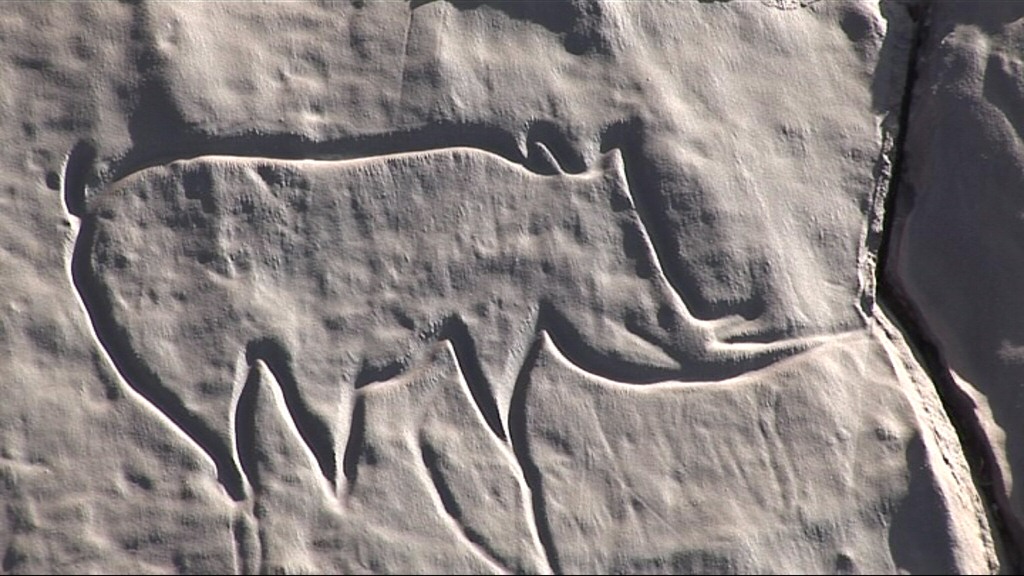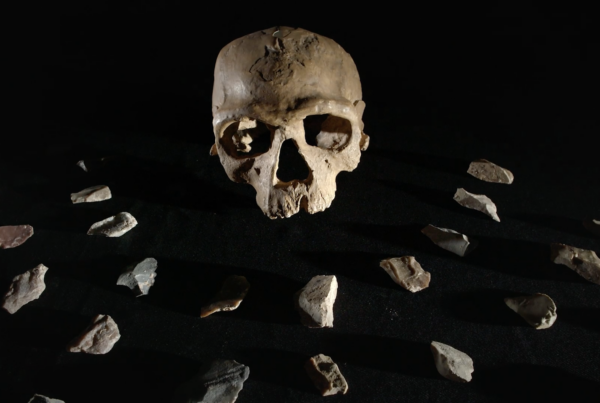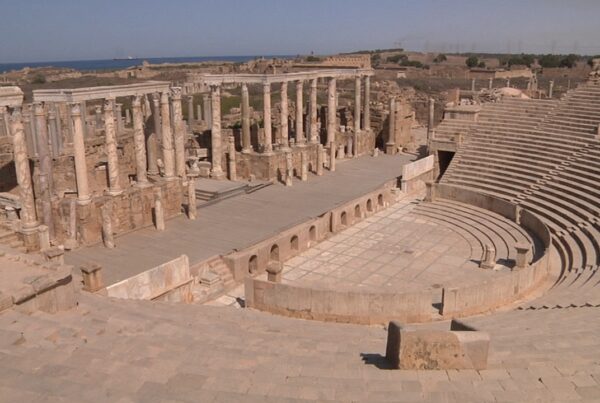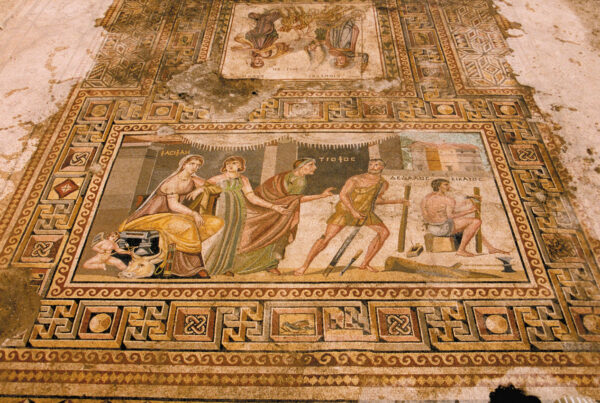The Sahara desert, which has not always been a desert, is full of evidence of a highly developed means of expression, chosen by the Saharan communities in the end of paleolithic, neolithic and proto-historic ages. Images of the everyday life representing people and animals are engraved or painted usually on rocks and stones.
Sahara’s rupestrian paintings are exposed to bad weather and to damage caused by human. There is constant concern about their preservation and in particular of the rocks, which is consisting of sandstone, naturally protected from degradation by its patina. In 2004, a multitasking group of scientists has undertaken the mission to solve this technical problem, to refresh the patina, after natural or human activity degradation. This European research project led by Professor Max Schvoerer of the University of Bordeaux, in cooperation with north-African countries, has developed a simple and low-cost technique that re-creates the desert patina.
- Direction: PHILIPPE AXELL
- Production: AXELL COMMUNICATION







